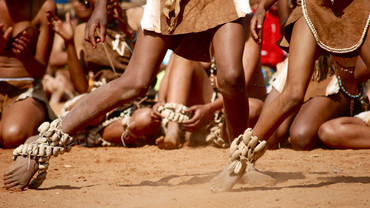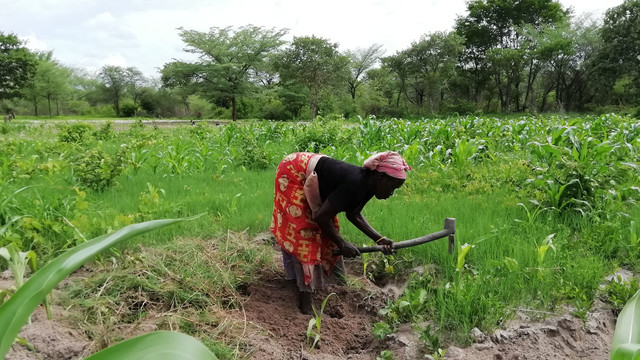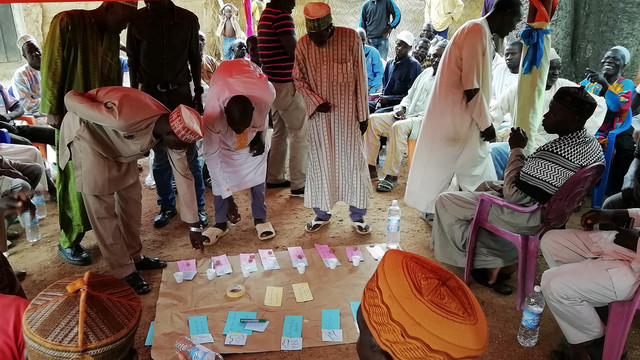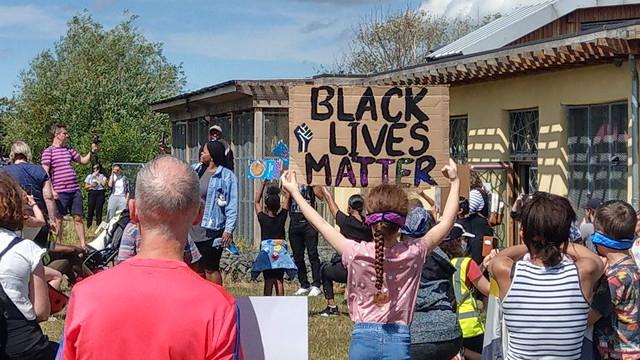Human Rights Standards for Conservation (Part III)
Despite international law that confers rights on indigenous peoples and local communities, and on a wide range of conservation actors, it is often difficult for communities to find effective mechanisms to obtain redress when injustices occur. This discussion paper clarifies which redress mechanisms exist, their strengths and weaknesses, and asks: should a body specially focused on the conduct of conservation initiatives be formed?
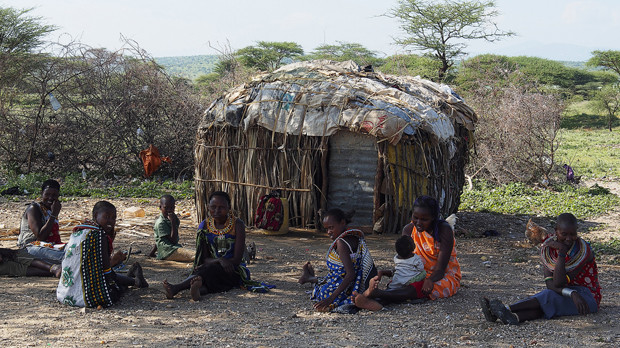
Around 3,000 Samburu families have been affected by land purchase at Laikipia National Park in Kenya (Photo: Alfredo Miguel Romero via Creative Commons)
IIED worked with Natural Justice to systematically review and analyse relevant international law to answer the following three questions:
- Which actors bear human rights obligations and responsibilities in the context of conservation initiatives?
- What are their obligations and responsibilities?
- What are the grievance mechanisms available to peoples and communities in cases of violations of their human rights?
The results were published in the run-up to the World Parks Congress in Australia in November 2014 as a three-part series of discussion papers that served as an empirical basis for developing a set of conservation standards.
The third in the series was "Human Rights Standards for Conservation, Part III: Which redress mechanisms are available to peoples and communities affected by conservation initiatives?". Using the case of the Endorois people in Kenya to highlight challenges involved, it summarises the strengths and weaknesses of the mechanisms available, giving particular attention to non-state mechanisms since these are widely applicable in different country contexts.
Non-state redress mechanisms include international human rights systems (United Nations, Inter-American, African, European), financial institution processes, corporate accountability mechanisms, and participatory systems such as the IUCN Whakatane Mechanism.
Conclusions
- State-based judicial mechanisms can deliver binding decisions but they are often inaccessible to communities for reasons such as cost to non-recognition of collective rights
- At the regional or international level, non-state-based judicial mechanisms tend to operate under a more progressive rights regime but their procedures – such as exhaustion of domestic remedies – can render them equally difficult for communities to access, and
- Non-state, non-judicial mechanisms such as financial institution processes, corporate accountability mechanisms and participatory systems are usually less complicated but emphasise mediation and face challenges relating to enforcement and acceptance by all parties.
Contact
Harry Jonas (harry@naturaljustice.org) is a lawyer and co-founder of Natural Justice.
Dilys Roe (dilys.roe@iied.org) is a principal researcher in IIED's Natural Resources research group and leader of the biodiversity team.
